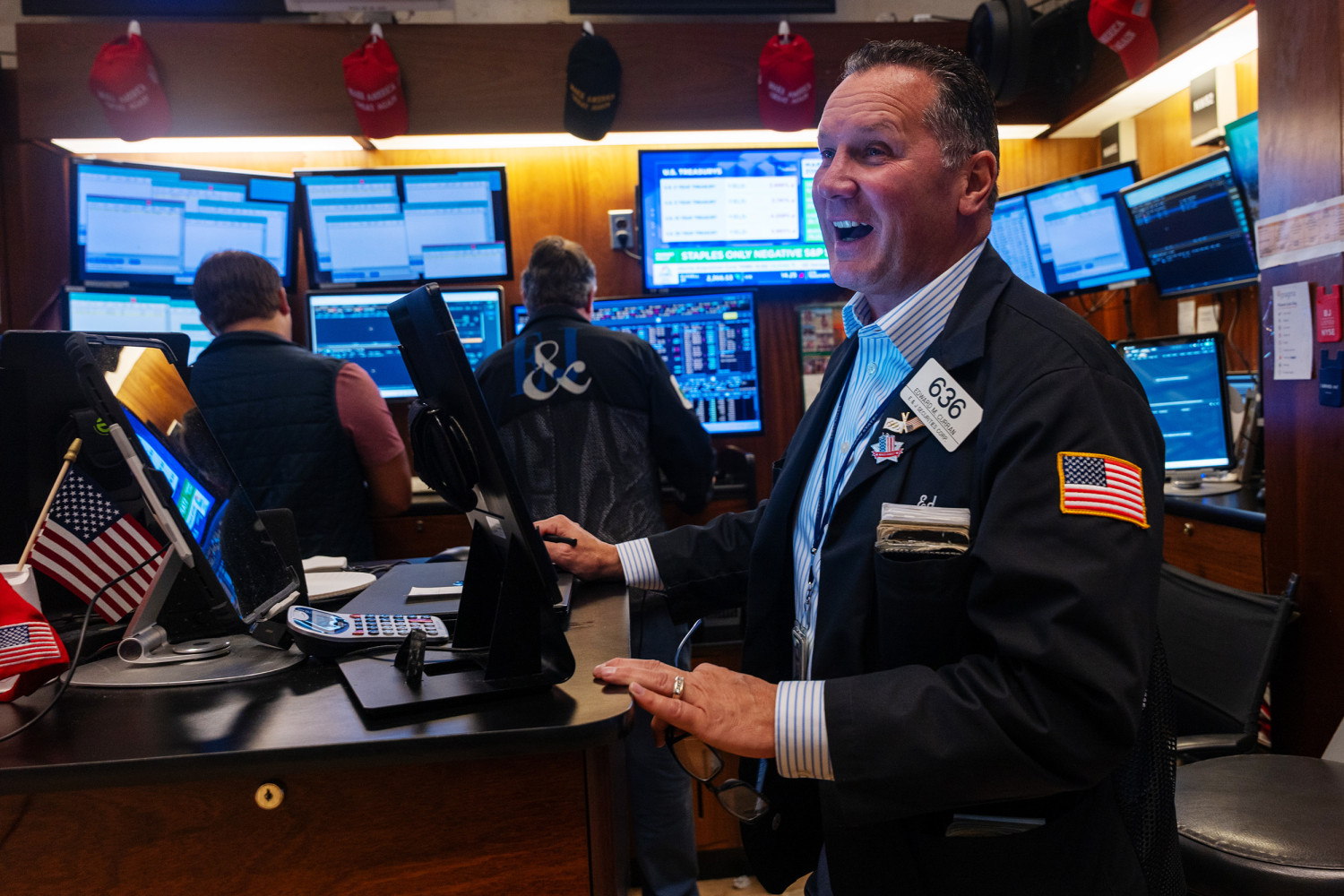The escalating trade tensions between Washington and Brussels took a significant turn as former U.S. President Donald Trump agreed to withdraw plans for imposing an extraordinarily high tariff—reportedly 250 percent—on pharmaceutical imports from the European Union. This decision, which came as part of a broader trade arrangement, marks a critical moment in the long-standing negotiations between the two economic powerhouses and offers a temporary reprieve for industries on both sides of the Atlantic.
The dispute traces back to a period of intensifying trade frictions, during which Washington sought to correct what it viewed as persistent imbalances and unfair practices in sectors ranging from agriculture to technology and healthcare. Pharmaceuticals became a flashpoint in these negotiations because of their economic and strategic importance.
The U.S. administration at the time argued that European pharmaceutical companies enjoyed competitive advantages that hurt American manufacturers. Allegations centered on regulatory differences, pricing models, and market access issues that, according to U.S. officials, created an uneven playing field. To address these perceived inequities, the White House floated the idea of punitive tariffs—a move that alarmed not only European firms but also American importers and healthcare stakeholders concerned about the potential fallout.
A 250 percent tariff, had it been implemented, would have dramatically increased the cost of EU-produced medicines entering the U.S. market. Given that many American hospitals, pharmacies, and patients depend on European drugs for specialized treatments, industry experts warned that such a measure could lead to price hikes, supply disruptions, and potential shortages.
The pharmaceutical industry on both sides reacted swiftly to the proposed tariffs. Trade associations, healthcare providers, and multinational corporations voiced concerns that escalating costs would ultimately burden consumers and undermine global supply chains. American firms with operations in Europe also feared retaliatory measures that could disrupt their own exports to EU markets.
European leaders implemented robust diplomatic initiatives to address the issue. Brussels highlighted the critical need to keep trade open for key items, especially as healthcare systems were under increasing strain. Authorities contended that imposing high tariffs on crucial medicines would damage economies and endanger public health—a perspective that was particularly compelling given the persistent global health crises.
After weeks of negotiations, both sides announced a deal that averted the tariff hike. While the exact terms remain subject to interpretation, the agreement reportedly includes commitments to enhance regulatory cooperation, improve transparency in pricing frameworks, and explore mechanisms for resolving disputes before they escalate into trade wars.
As part of these agreements, Washington consented to cancel the planned tariff hike, indicating a move from conflict to negotiation. Analysts point out that the arrangement signifies a practical acknowledgment of their interdependence: the U.S. depends on European pharmaceuticals for innovative therapies, while EU firms rely on the American market for substantial income sources.
The resolution of this dispute has far-reaching implications. For one, it provides short-term stability to a sector already grappling with supply chain vulnerabilities, rising research costs, and evolving regulatory standards. Pharmaceutical companies can continue cross-border operations without the looming threat of punitive tariffs that could have reshaped business strategies and investment plans.
Moreover, the deal underscores the interconnected nature of modern healthcare markets. No single country can fully insulate itself from global supply chains, particularly in an industry as specialized and research-intensive as pharmaceuticals. The events surrounding this negotiation highlight the risks of using essential sectors as leverage in trade disputes, a strategy that can have unintended consequences for patients worldwide.
The tariff threat was not an isolated policy move but part of a broader strategy employed by the Trump administration to renegotiate trade relationships with major partners. From steel and aluminum duties to levies on consumer goods, tariffs became a recurring feature of Washington’s economic diplomacy during this period. Advocates of the approach argued that tough measures were necessary to secure fairer terms for American industries.
However, critics contended that such tactics often escalated tensions and risked alienating allies. In the case of pharmaceuticals, many experts questioned the wisdom of applying extreme tariffs to a sector so closely tied to public welfare. The eventual rollback of the proposed measure suggests that even aggressive negotiators recognize the practical limits of economic coercion when essential goods are at stake.
For the European Union, avoiding the tariff was a strategic priority. Pharmaceutical exports to the U.S. represent a substantial share of the bloc’s trade, supporting thousands of jobs and fueling innovation within the industry. Beyond economics, EU officials viewed the dispute as a test of transatlantic cooperation in areas critical to global health.
The result reflects the EU’s dedication to dialogue rather than escalating tensions, even when facing provocative suggestions. By choosing diplomatic engagement over immediate retaliation, Brussels contributed to guiding discussions toward regulatory consistency and market equity—topics that can be managed without punitive actions.
The episode provides numerous insights for decision-makers and companies. Initially, it emphasizes the significance of transparent communication and proactive involvement to avert trade disagreements from escalating into major conflicts. Additionally, it underlines the necessity for adaptable, rule-based methods to address conflicts in areas where health considerations overshadow immediate economic benefits.
Finally, the case illustrates the growing complexity of global trade governance. As supply chains become more integrated and geopolitical tensions intensify, traditional tools such as tariffs may prove increasingly blunt instruments—capable of generating leverage but also carrying high collateral costs.
While the deal has defused immediate tensions, questions remain about the durability of this understanding. Trade relations between the U.S. and the EU continue to face structural challenges, including disagreements over digital services, environmental standards, and industrial subsidies. Any resurgence of protectionist sentiment could reignite disputes, particularly if economic pressures mount.
For now, stakeholders in the pharmaceutical sector can breathe a sigh of relief. By stepping back from the brink, both Washington and Brussels have signaled a willingness to prioritize stability over confrontation—at least in an industry where the stakes extend beyond profit margins to human well-being.




